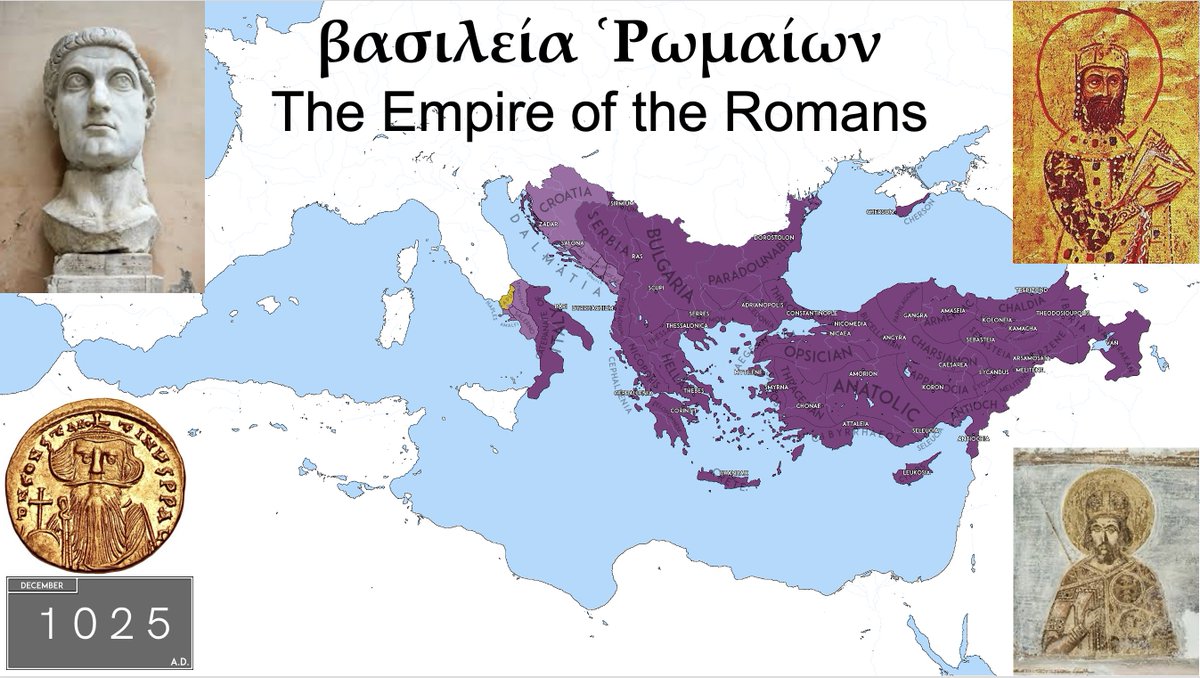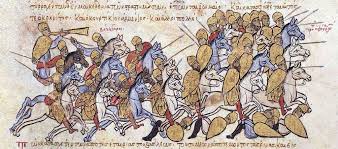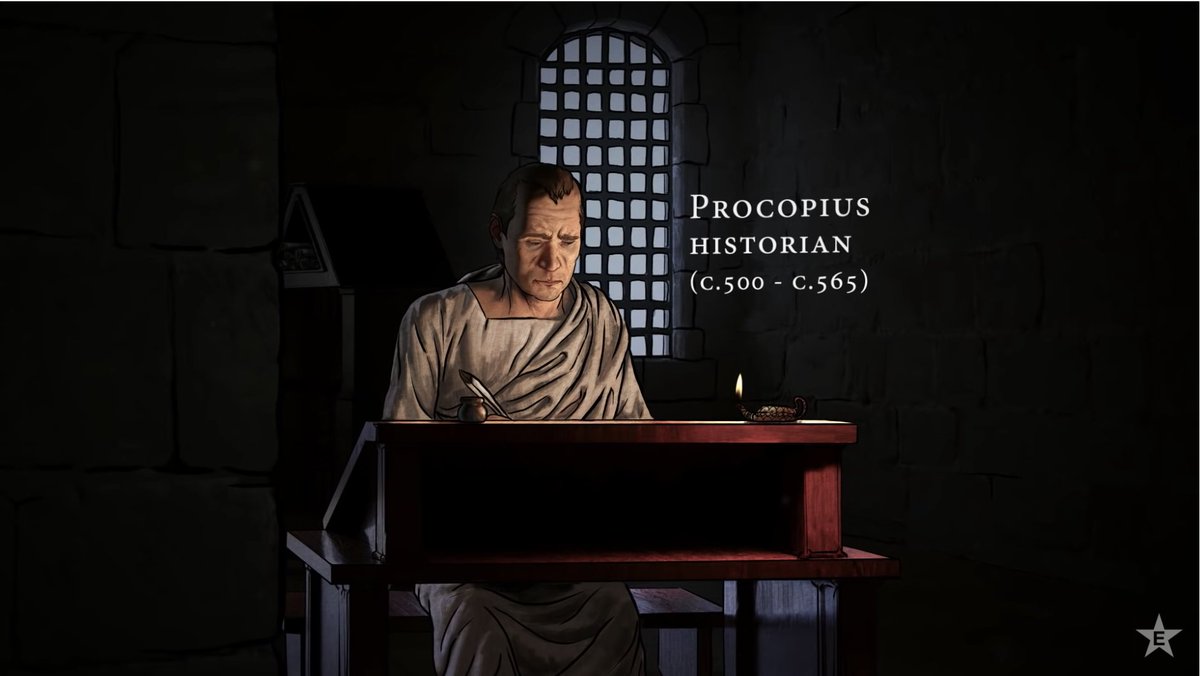I am shocked at the passionate response to my tweets about the Byzantine Empire being the Roman Empire. So today, a related issue: not recognizing the #Roman identity of the #Byzantine Empire creates problems for our understanding of the early Middle Ages. 🧵 #History 

While many specialists of Byzantine history may assume that everyone knows that the people we call "Byzantines" were actually Romans, this knowledge has not fully permeated to the level where most people encounter the Byzantines: secondary school and university survey textbooks. 



At this level, in classes like European History, Western Civilization, or World History, the early Middle Ages is sometimes presented as the era of the "three heirs" of Rome. These heirs are identified as the Byzantine Empire, the early medieval West, and the Islamic caliphate. 



This is a serious distortion of the historical reality of this era. Saying directly, or even implying, that the Byzantine Empire, the early medieval West, and the Islamic caliphate were all equally heirs to Roman tradition is just not accurate.
The Byzantine Empire was the Roman Empire continued. It was not a successor state, with an identifiable break in political and military continuity, as the states of the early medieval West. It did not only replicate elements of the Roman past, as the Islamic caliphate.
Saying that these three regions were equal heirs of ancient Rome would be the equivalent of saying that today the United States, Canada, and the United Kingdom are all equal heirs of Britain, which I believe most British would find preposterous. Brits, forgive me if I am wrong. 

The Romans of the "Byzantine" Empire were Romans and considered themselves Romans, as I said the other day, and in the early Middle Ages just about everyone else considered them Romans as well. To the Arabs, the "Byzantine" Empire was Rūm.
https://twitter.com/byzantineprof/status/1579456978958815234
Up to the eighth century, the rulers of the states of the early medieval West also considered the "Byzantine" Empire to be Roman. Interference by Roman emperors in the affairs of western states might be resented, but their Roman identity was not routinely denied.
So it is unreasonable to present the early Middle Ages as the era of the "three heirs" of ancient Rome. Other strategies used by general history textbooks to suggest that all civilizations of this era were "new" or "successors" are equally suspect.
Such organizational strategies, while they might save space in textbooks, suggest that the ancient Roman state had disappeared and been replaced by several different societies including Byzantium, which is not accurate. The ancient Roman state endured throughout this period.
Two examples where this matters: understanding that the "Byzantine" Empire was actually the Roman Empire fundamentally changes how survey textbooks present the wars of Justinian in the sixth century, or the "Byzantine" response to the crowning of Charlemagne in 800. 



It is not necessary for secondary and university textbooks to completely drop the name "Byzantine" in order to correct this error, but I think it is fair to wonder if having a different name for the early medieval Roman state has encouraged this error in the first place. Fin.
• • •
Missing some Tweet in this thread? You can try to
force a refresh





















